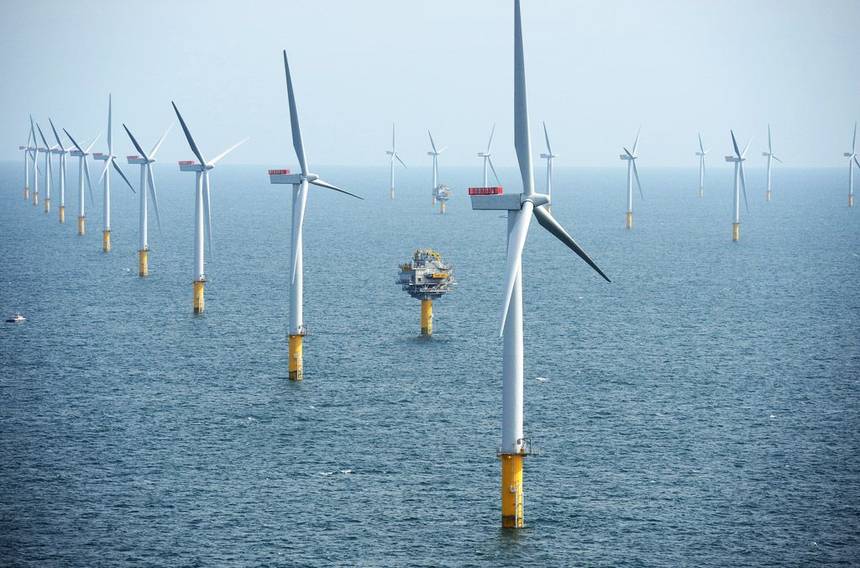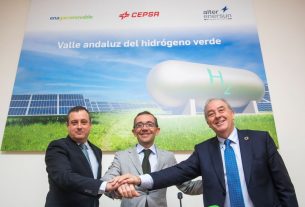An analysis performed by Dutch bank ABN AMRO concludes that green hydrogen is not yet competitive today. However, the analysis points out that if production is expanded to industrial levels, a 2.19 euro per kilo price can be achieved by 2030.
Even with stiff carbon tax hikes, hydrogen prices would have to be as low as 1.78 euro per kilo by 2030 to make switching away from fossil fuels a financially viable option.
However, the analysis points out that if production is expanded to industrial levels, a 2.19 euro per kilo price can be achieved by 2030. Significantly narrowing the gap. Greater efficiency is likely to be achieved within the next few years thanks to promising developments in electrolysis technology.
Industrial processes
Currently the largest source of carbon emissions in the Netherlands (at 31 percent) are highly heat-intensive industrial processes. With temperatures reaching 850°C. But in due time they can be converted to green hydrogen instead. This fuel is generated by feeding water and sustainably generated power through electrolyser cells, and as such boasts a zero carbon footprint.
Carbon tax
The carbon tax to be paid by carbon-emitting industries will be a deciding factor in the competitive power of renewable fuels such as green hydrogen.
The European Union and the Dutch government are holding off on levying these taxes in the short term however. Due to risks of carbon leakage and the deep impact of the Covid-19 crisis. This will change in 2025, when several carbon tax schemes become effective. Meaning that by 2030 the heat-intensive industry will be paying 80 euro in taxes for every tonne of CO2 emitted.
Meanwhile, over the course of this decade, natural gas prices will soar from 0.19 euro to 0.50 euro per cubic metre due to carbon tax. Based on these numbers, hydrogen will have to cost 1.78 euro per kilo by 2030 to reach price parity with gas (under current circumstances the parity level is as low as 0.67 euro).
Price parity
According to ABN AMRO’s analysis, green hydrogen has great long-term potential as an alternative to natural gas and other fossil fuels. ‘Green hydrogen is generated with wind and hydropower, both abundantly available in Europe’, says Shanawaz Bhimji of ABN AMRO Group Economics. ‘Wind farms in the North Sea, such as the NortH2 project, will generate an estimated 4 Gigawatts of sustainable energy in 2030. And eventually, by 2040, roughly 10 Gigawatts. This energy is intended for industrial use.
Simultaneously, offshore wind energy is set to become far more efficient and much cheaper in the coming years as science marches on. And meanwhile, electrolyser efficiency is only going up. The Dutch government and the European Commission are spending carbon tax proceeds on sustainable energy projects, including further development of green hydrogen technology. As a result, by 2030 the price of green hydrogen will likely have declined to 2.19 euro per kilo.
We still have a long way to go before green hydrogen is competitive, but energy companies and industrial enterprises are not sitting on their hands in the meantime either. By all indications, price parity between fossil fuels and green hydrogen is on the horizon.’




